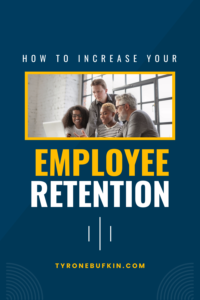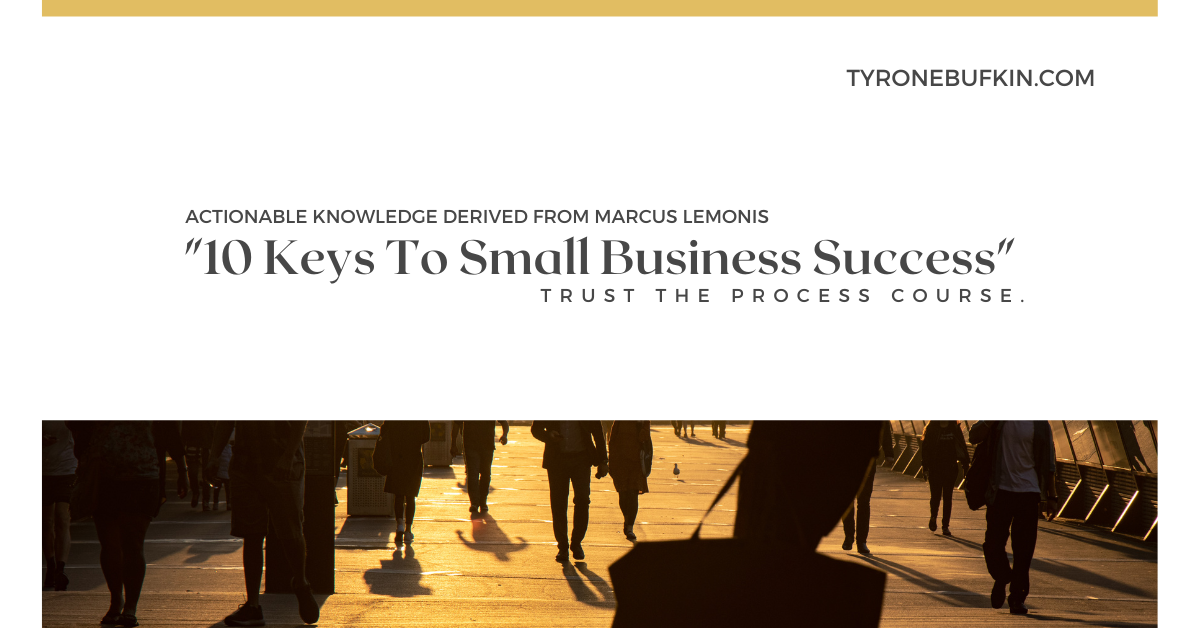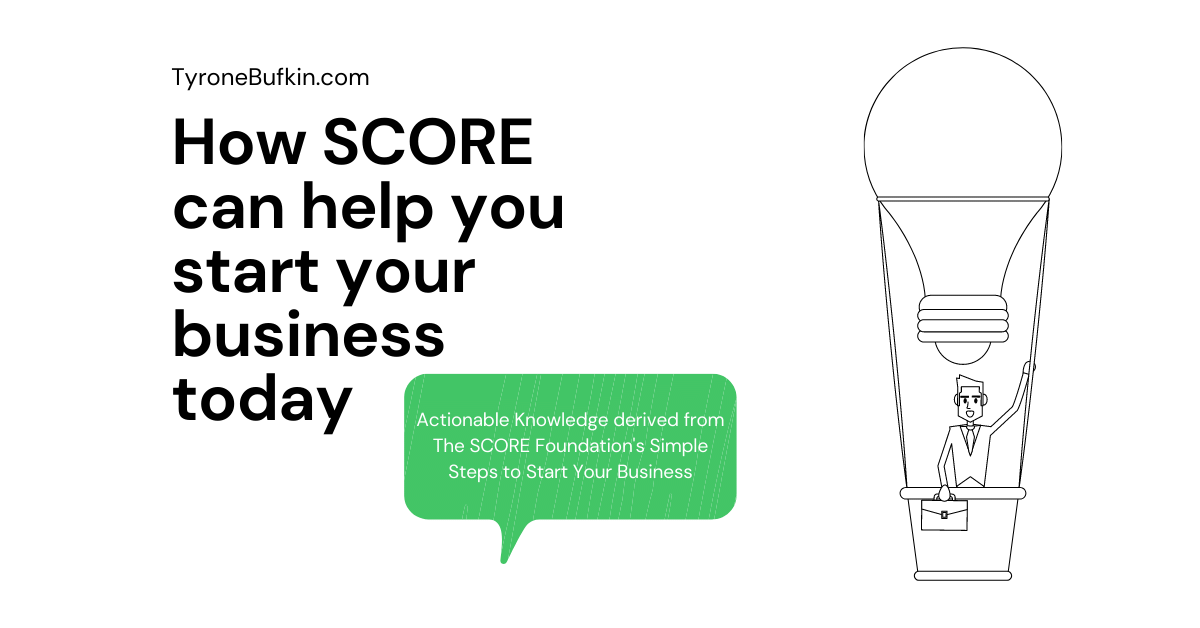THE FIDUCIARY ACTIONABLE KNOWLEDGE IN THIS POST MAY CONTAIN AFFILIATE LINKS. WE GET A COMMISSION, AT NO COST TO YOU, IF YOU DECIDE TO CLICK THROUGH CERTAIN LINKS. WE ONLY RECOMMEND PRODUCTS OR ORGANIZATIONS THAT WE BELIEVE WILL PROVIDE YOU WITH REAL RESULTS. THE INFOMATION IN THIS POST MAY HAVE BE DERIVED FROM THE SOURCES FOUND IN THE 'WORKS CITED' SECTION AT THE BOTTOM OF THE PAGE. PLEASE READ OUR DISCLOSURE PAGE FOR MORE INFO.

Do you need help keeping employees on the team? What is your current turnover rate? What if you could manage a group of motivated people who eagerly want the same goals as you? Employees can only contribute to an organization long-term if aligned with its objectives. Marcus Lemonis shares a simple strategy for getting employees to buy in. Marcus uses this strategy to grow his network of million-dollar businesses.
"How To Get Employees To Buy-In"
Trust the Process Course
Change is inevitable, and the best time to gauge which employees have bought in on your organization and how good your leadership skills are. It's human nature to fear change, but a good leader can reassure the team during the transition, and good employees are willing to engage with the team and connect to the organization's long-term mission. Organizations with engaged employees have open lines of communication and feel comfortable sharing their positive and negative thoughts, feelings, and ideas in pursuit of the organization's mission. Cultivating a "buy-in" culture will help you identify those employees who sold on your organization. These employees may decide to leave, but it will be up to you as the leader to determine if you need to improve your leadership skills or an employee is not the right fit.
 The "us versus them" mentality strongly indicates an employee's alignment with your organization. If your employees feel like management and ownership are only concerned with themselves, they are less likely to engage. Investopedia says disengaged employees cost U.S. businesses around $500 billion annually. Think about a job you had where you couldn't commit; how motivated were you to show up early, stay late, and go the extra mile? If you take care of your employees, they will care for your customers. Employee-owners take extra accountability for their job performance and each other.
The "us versus them" mentality strongly indicates an employee's alignment with your organization. If your employees feel like management and ownership are only concerned with themselves, they are less likely to engage. Investopedia says disengaged employees cost U.S. businesses around $500 billion annually. Think about a job you had where you couldn't commit; how motivated were you to show up early, stay late, and go the extra mile? If you take care of your employees, they will care for your customers. Employee-owners take extra accountability for their job performance and each other.
Getting your employees to buy in is crucial to getting the ball rolling organically by preparing, communicating, and coming together. Only introduce a new plan if you have a rough blueprint of how you will get to where you are trying to go. Remember, change is scary, but mutually beneficial goals can inspire. Please start with the employees who will benefit the most from the new plan and allow them to help you with the specifics. Making an announcement and never taking action or talking about it will never work. Any plan to change your organization's culture will only happen after you welcome internal opinions and squash misinformation. Schedule regular follow up with each team member to hear their feedback.

Finally, reinforce the idea that you are all in this together. Show, don't tell, how you are involved in the teamwork, sharing the benefits if you win and shielding them from as much risk as possible. Host group discussions often and stress an open communication policy. Instead of punishing people for being negative, use their feedback to make the appropriate changes. Encourage the employees who bought in to help bring in those dragging their feet. As your employee buy-in reaches 100 percent, you see new life within your organization and its goals.
When employees buy in, everybody wins. You already know that you need help building your business. Your idea is unstoppable if you surround yourself with a motivated team who all want the same outcome. Unfortunately, the flip side exists as well. Allowing disinterested employees to spread gossip will tear your organization apart from the inside. To know what is happening in your organization, you need to know what is happening with your team.
Works Cited
Trust The Process Course "How To Increase Your Employee Retention" Business Learning: Marcus for Business - Ideas, Information, & Inspiration, Section Five





